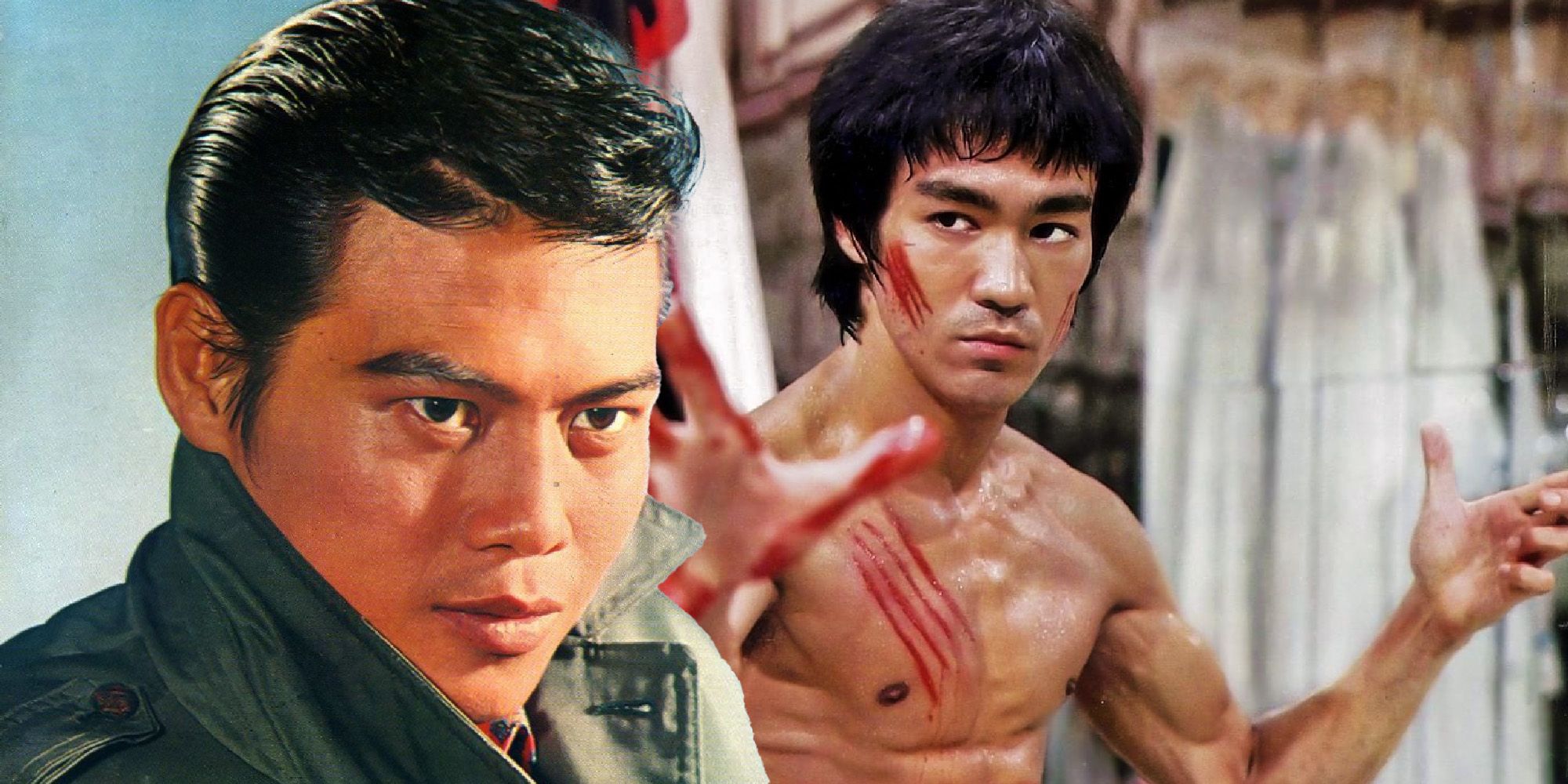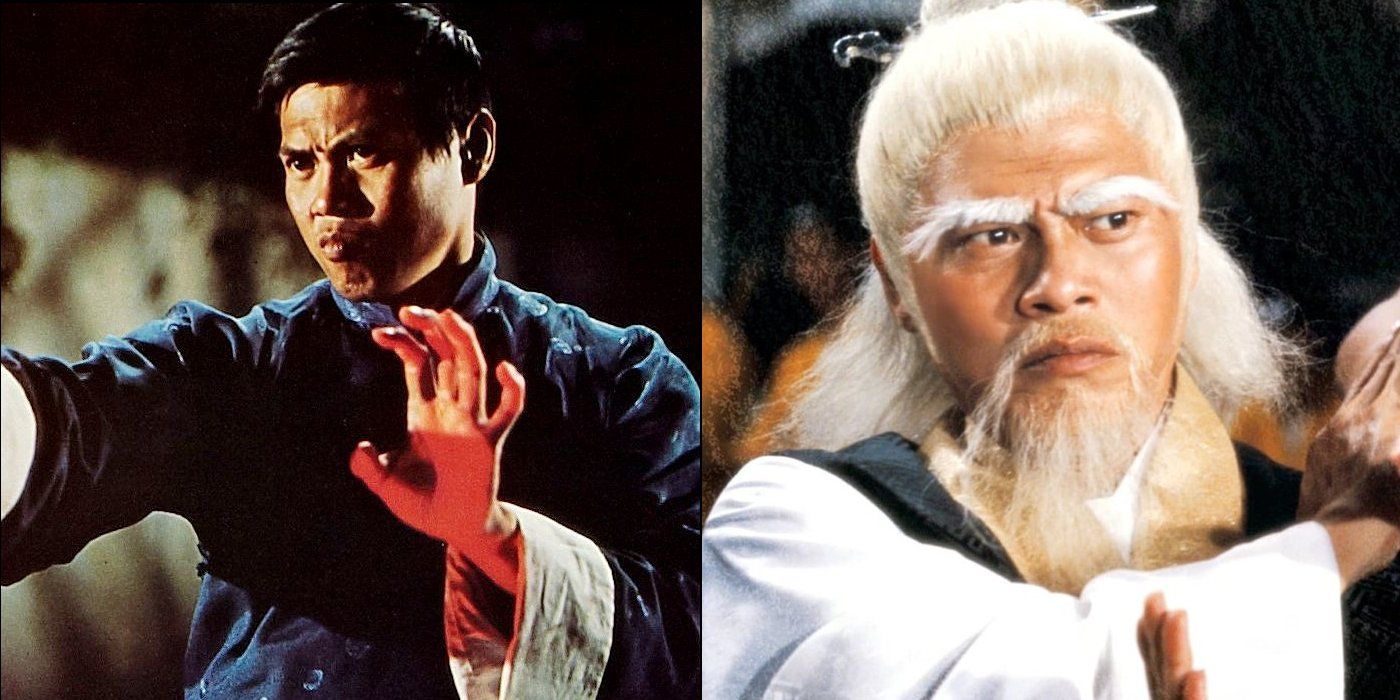A common assumption is that Bruce Lee was the first martial arts superstar, but that’s an accomplishment that actually belongs to Lo Lieh. Lo Lieh, who died in 2002 at the age of 63, was an Indonesian actor and a skilled martial artist who appeared in well over a hundred movies.
Lo Lieh got his start in the mid-1960s working as an actor for Shaw Brothers, which evolved into the biggest kung fu studio in the kung fu industry. In the latter part of the decade, Shaw Brothers began producing sword-fighting movies set in ancient China, with Lo often playing supporting roles alongside some of their bigger stars, such as Jimmy Wang Yu and Cheng Pei-pei. As studios began leaning toward actors with real martial arts experience, Lo was able to put his skills to use.
Though Bruce Lee’s role in 1973’s Enter the Dragon is often credited with making the kung fu genre so popular internationally, what really started it all was Lo Lieh. In 1972, Lo Lieh played the lead role in the Shaw Brothers’ Five Fingers of Death (also known as King Boxer). In the movie, Lo played a martial artist whose master sends him off to learn a secret kung fu technique so that he can win a tournament and defeat a gang of criminals. The movie, which performed well in Hong Kong, attracted the attention of Warner Bros. Even though Bruce Lee was already making movies at this point, kung fu films weren’t popular in the West yet. As a test, Warner Bros. acquired Five Fingers of Death and released it in the United States. The results were spectacular. The movie made huge waves at the box office, as the fight scenes with Lo Lieh left a big impression on audiences, who had never seen anything like it before.
When Five Fingers of Death proved to be massive hit, studios realized there was a hunger for kung fu films in the West. That’s when Warner Bros. made an offer to Bruce Lee to star in Enter the Dragon. Lee took what Lo Lieh and Shaw Brothers started and made it even bigger. As for how the movie impacted Lo Lieh’s career, it greatly increased his popularity and solidified his status as one of Hong Kong’s top stars. After Five Fingers of Death, Lo received major roles in multiple movies every year.
Lo would play the hero again in several more movies like The Dragon Missile, but as time passed, Shaw Brothers relied more and more on actors like Ti Lung, David Chiang, the Venom Mob, Fu Sheng, and Gordon Liu to lead their films. However, Lo Lieh remained a key player at the studio for quite some time before going freelance. He was cast in many of Hong Kong’s biggest and most high-profile films, including The 36th Chamber of Shaolin. Studios discovered that the talented Lo could be the hero, the villain, a supporting character, or sometimes, the comedy relief.
It’s important to note that it was Lo Lieh who popularized the evil, white-haired kung fu master archetype that was used so frequently in the 1970s and 1980s. Lo became so closely associated with these kinds of characters that he would end up donning the white beard and wig numerous times over the course of his long career as a kung fu star. Arguably his most notable outing as a villain was when he went up against Gordon Liu in Clan of the White Lotus. With an impressive legacy that encompasses more than a hundred kung fu movies, Lo Lieh left a lasting mark on the martial arts genre.


